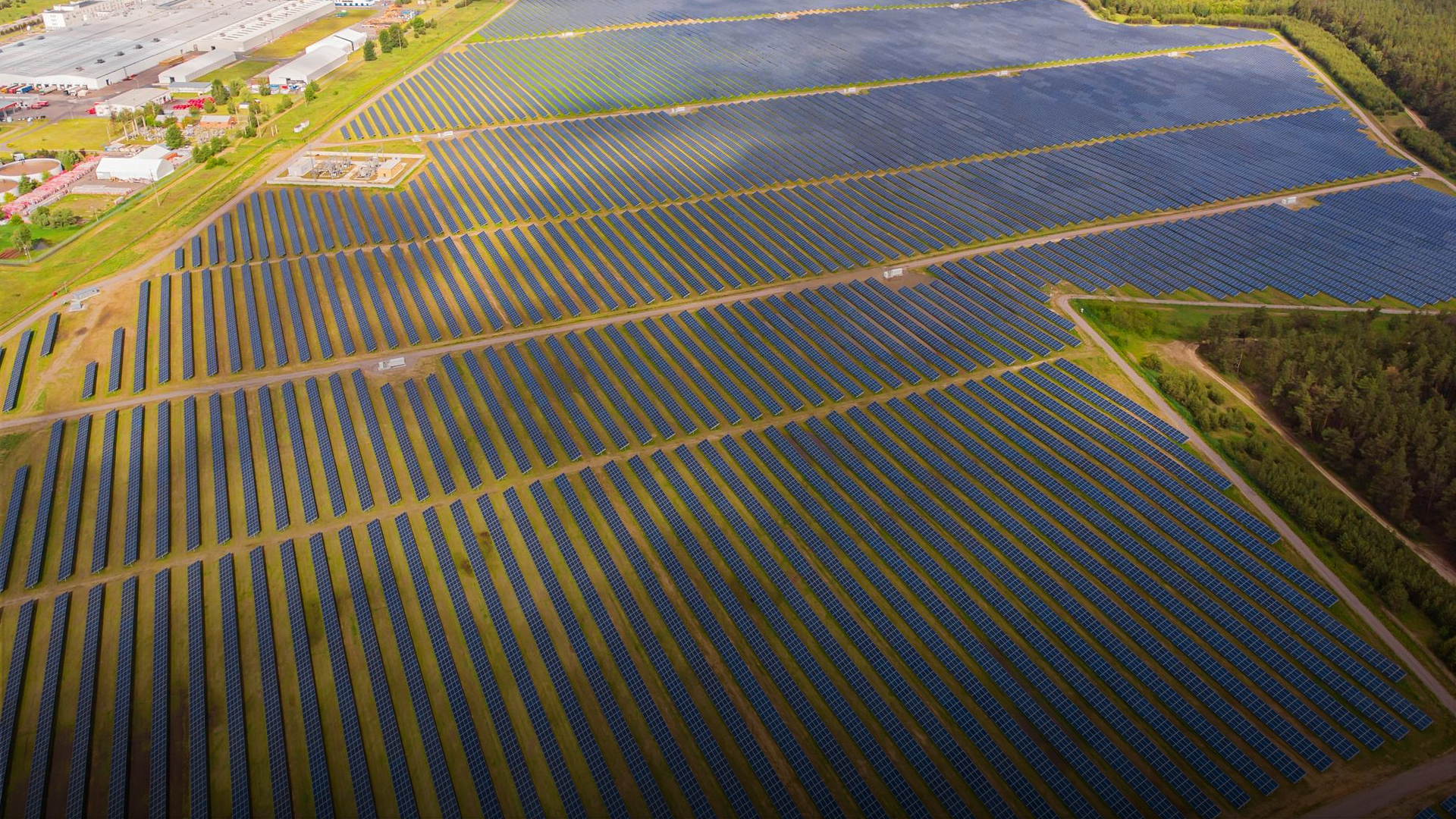Greenbacker Renewable Energy Company LLC is an independent power producer and investment manager with a focus on the energy transition The company has recently announced a clean energy development milestone. They secured $950 million to acquire, build, and operate the Cider solar project, New York’s largest solar farm.
A Landmark Solar Initiative
The 674 MWdc / 500 MWac Cider solar farm, located in Genesee County, will become New York’s largest solar project. Hecate Energy LLC, one of the largest renewable energy developers in the US, sold the project to Greenbacker. Both these companies collaborated on the project at first in the year 2021 and Greenbacker has now completed its acquisition process.
After this acquisition, Greenbacker locked up a financing package of $869 million, comprising a construction loan, a tax equity loan, and letters of credit. Six top financial institutions were utilized for the arrangement of project financing: MUFG, KeyBanc, ING, Intesa Sanpaolo, Societe Generale, and Wells Fargo.
Greenbacker procured an $81 million development loan from Voya Investment Management to finance the Cider at the late development and construction stage.
Supporting New York’s Clean Energy Goals
Greenbacker secured $950 million, the largest ever project financing for the advancement of the clean energy future of New York.
Charles Wheeler, Greenbacker’s CEO, said, “Greenbacker has called New York home for 14 years, and we’re proud to be both the owner of the largest solar energy project in the state’s history and a driving force in accelerating its ambitious clean energy goals.”
He added, “This substantial achievement—the result of successful collaboration across a group of top-tier institutions, including our long-time development partner Hecate—will create hundreds of green jobs, deliver affordable clean power, and help continue to build a sustainable future for New Yorkers.”
The Cider project is the third clean energy collaboration between Greenbacker and Hecate, following previous acquisitions of over 70 MWac of solar energy projects in New York. Nick Bullinger, Hecate’s Chief Operating Officer, praised the partnership, saying the project exemplifies Hecate’s mission to scale clean generation and power the future.
The Cider solar farm will utilize 2,500 acres of land in Genesee County, with construction beginning in late 2024. Furthermore, The final product will add enough electricity generation to power annually about 120,000 average-sized households
Also read: GCM strengthens real estate investments team
From Greenbacker’s commitment to renewable energy, the group has seen deployment of capital into clean energy and remains successful to date. Greenbacker projects achieved 10 million MWh in clean energy as of September 30, 2024 and also reduced carbon emission by 7 million tons.




